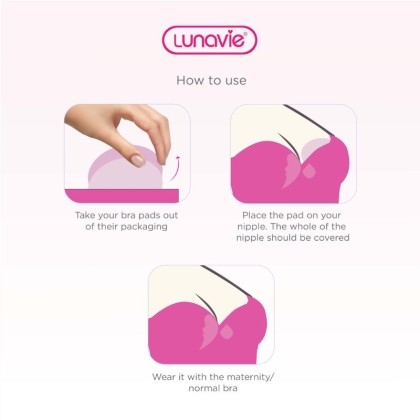Know the difference between yoga bricks and blocks - Blog - Yogamatters
4.6 (471) In stock

When the yoga teacher asks everyone to ‘grab a block for today’s class’, have you ever been confused as to what they’re actually referring to? Are they talking about those brick-shaped props often used in postures like Trikonasana (triangle pose) or Ardha Chandrasana? (Half moon pose), or do they mean those long, flat squares students often sit on to support the hips and spine? The difference between a ‘brick’ and a ‘block’ can be baffling, but despite how similar they may seem, they actually serve two very different purposes. Read on to understand the difference between bricks and blocks, who might need them, and how to use them. Which is the brick and which is the block? Prepare to feel full of confidence when you’re asked to ‘grab a block’ next time! The ‘brick’ is the smaller, brick-shaped prop (hence the name). This is the type of prop you might use to support your lower hand in an extended side-angle posture, although with the growing number of creative and hybrid style yoga classes now, there are many creative ways to use bricks that you may never have thought of. The ‘block’ is the flatter prop, and whilst it may look simple, it’s actually something you can use in a myriad of ways. When would you use a brick? As we’ve mentioned, bricks are great for supporting the lower hand in postures like triangle and extended side-angle pose. Whilst some people may have the hip flexibility or arm length to reach the floor, others may use a block as they work towards this (or not, because touching the floor – or your toes – isn’t really the goal of yoga). A yoga brick can also be used to engage the deeper core muscles of the inner thighs when practicing postures like Navasana (boat pose) or forearm plank positions. It’s usually a good idea to have a brick next to you as you practice, so you have the option to use it in any of the postures throughout the class. When would you use a block? The most common way of using a block is as a support whilst sitting. If you feel uncomfortable sitting on the ground in Sukhasana or any type of cross-legged position, sitting a little higher on one or two blocks can make a big difference. Seated slightly higher, the hip muscles are able to relax, allowing for Read more »
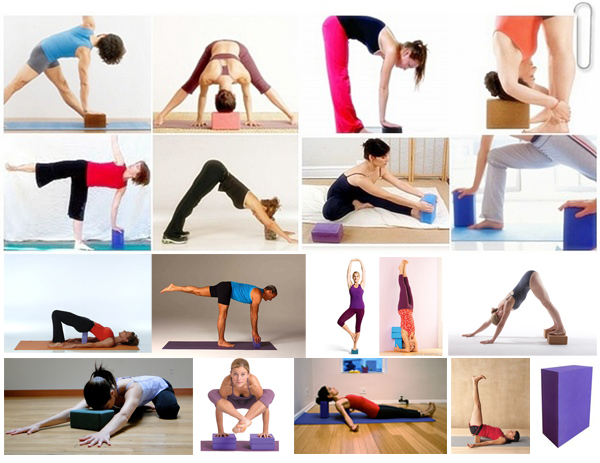
using yoga blocks, Zama Yoga, Yoga Teacher Training
.jpg)
The Yogi Review: Yoga Blocks Compared –

Yoga Blocks & Bricks, Yoga Props

Energia Insistere Dare diritti brik yoga blocks importare Londra cistifellea
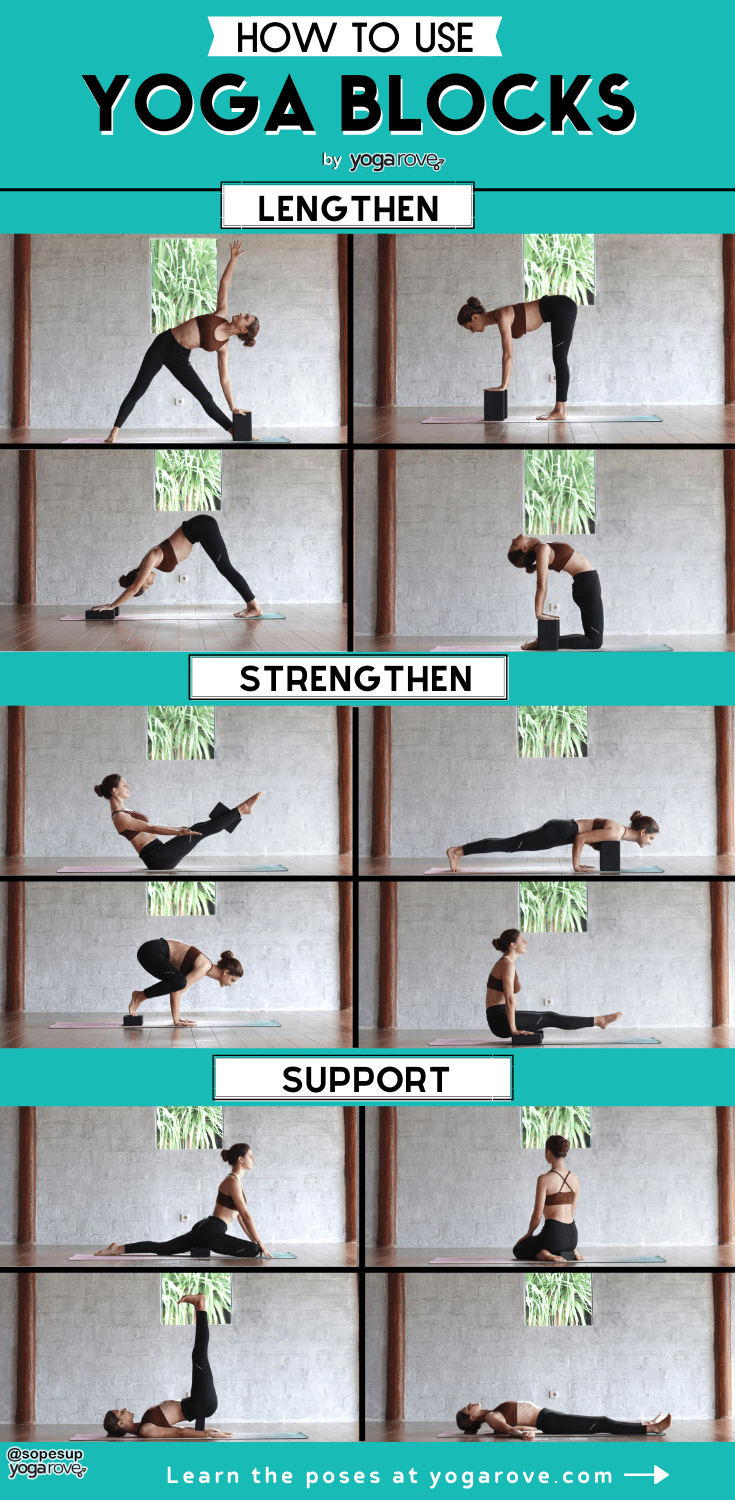
How to Use Yoga Blocks: The Ultimate Beginner's Guide - Yoga Rove
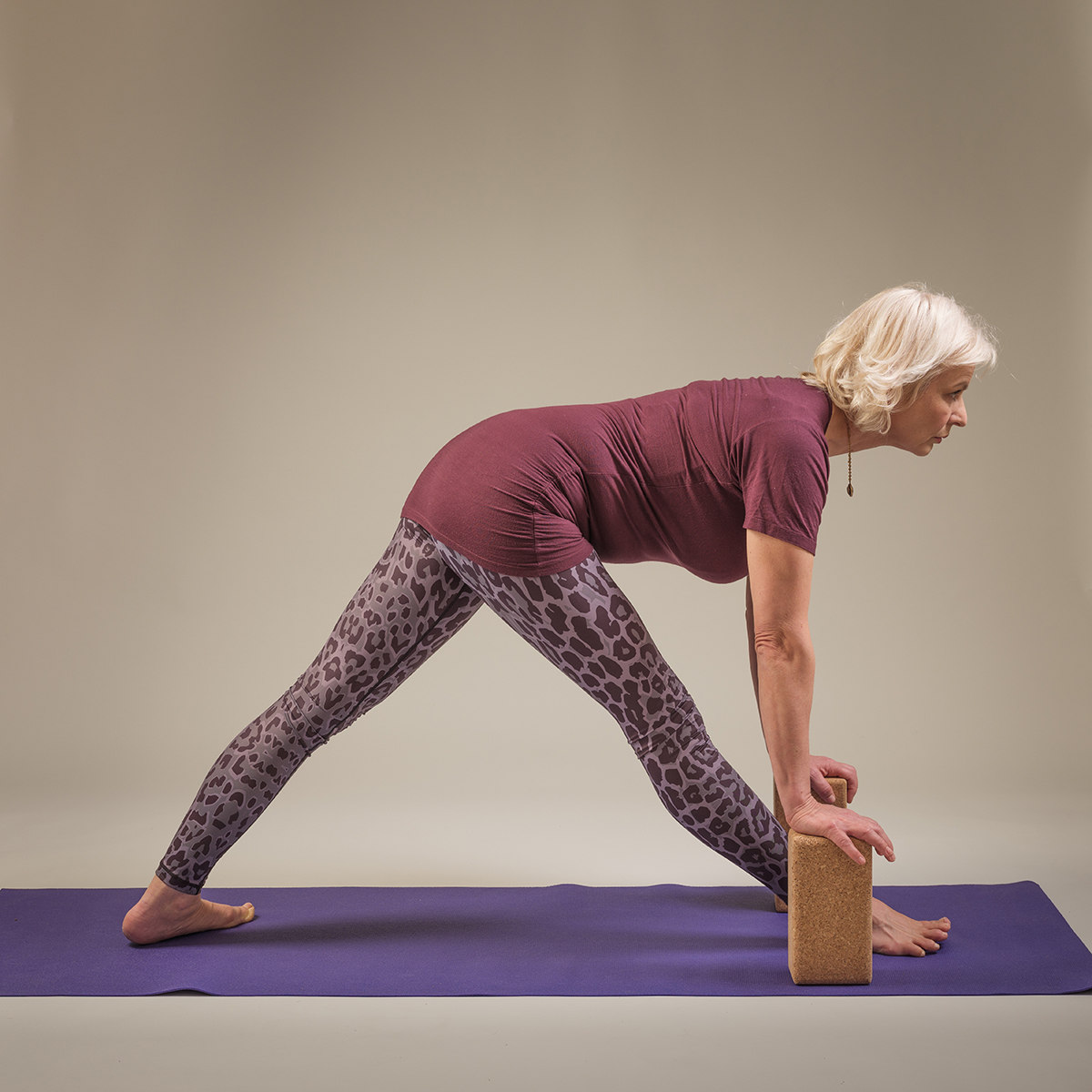
Understanding Props - How to Use a Yoga Brick - Blog - Yogamatters
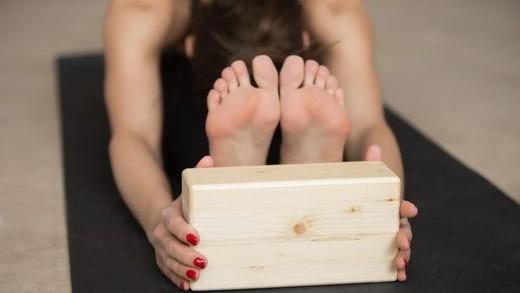
Blocks and Bricks: What's the difference? - Yoga Studio Store Blog

Everything you need to know about Yoga blocks
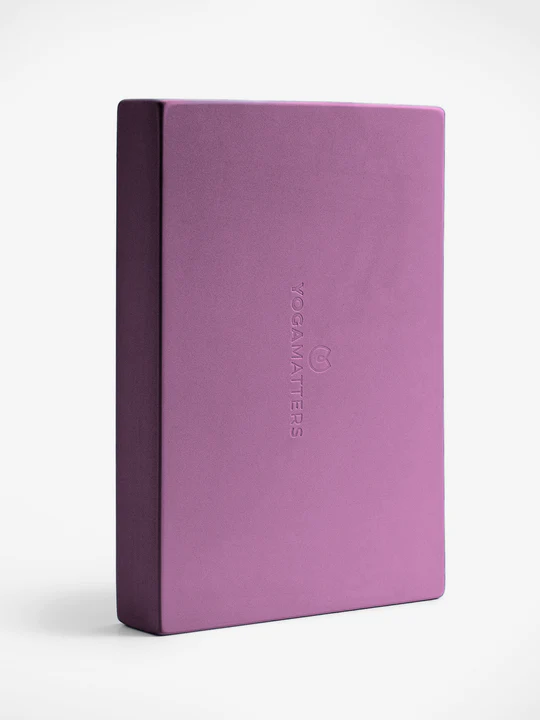
Yogamatters Yoga Block

15 Yoga Blocks To Help Improve Your Yoga Poses
Bridge Pose (Setu Bandha Sarvangasana) with a yoga brick on Vimeo
Bricks are ideal for adding lift or grounding in all manner of poses. They can help stabilise and add height in standing and balancing poses or can be

Yogamatters Yoga Brick
Yoga Brick - Eser Marketing International
How to Use Yoga Blocks: 5 Poses to Try. Nike HR
Yoga Blocks Non-Slip Foam Yoga Block Strap For Exercise Pilates




